- 1. Apple
- 2. Pear
- 3. Cherry
- 4. Peach
- 6. Plum
- 8. Mango
- 9. Lychee
- 11. Elderberry
- 13. Custard Apple (Cherimoya/Soursop)
- 14. Papaya
- 17. Jackfruit
- 18. Rambutan
- 19. Star Apple (Cainito)
- 20. Bitter Almond
- 21. Cempedak
- 22. Miracle Fruit (Synsepalum dulcificum)
- 23. Camu Camu
- 25. Chokecherry
- 26. Mountain Apple (Malay Apple)
- 27. Quince
- 28. Crabapple
- 29. Avocado (Seed)
- 30. Carob (in large quantities)
We often think of fruit as nature’s gift—sweet, colorful, and bursting with health benefits. But lurking beneath the skin of some of these seemingly wholesome treats are seeds with a far more sinister side. While we’re quick to steer clear of wild mushrooms or unfamiliar berries, many of the fruits we eat every day come with toxic baggage we rarely think twice about.
Plants, clever by design, have evolved all sorts of defenses to protect themselves from being devoured. Some grow thorns. Others release foul smells. And a surprising number hide chemical deterrents right inside their seeds—compounds that can irritate, sicken, or even poison an unsuspecting human or animal that dares to chew them.
As comforting as the idea of “natural equals safe” may be, it doesn’t always hold up. Even the fruits that grace our kitchen counters and picnic baskets can come with warnings—especially when their seeds are swallowed, crushed, or consumed in excess. From stone fruits to tropical delights, the list below reveals just how deceptive nature’s sweetness can be.
1. Apple

Though apples are among the most beloved fruits worldwide, their seeds contain amygdalin, a cyanogenic glycoside. When metabolized, amygdalin can release cyanide, a fast-acting and potentially deadly poison. While a few seeds swallowed whole may pass harmlessly through the digestive system, chewing or grinding them increases the risk. Fortunately, the levels are usually too low to pose a threat unless consumed in large quantities.
2. Pear
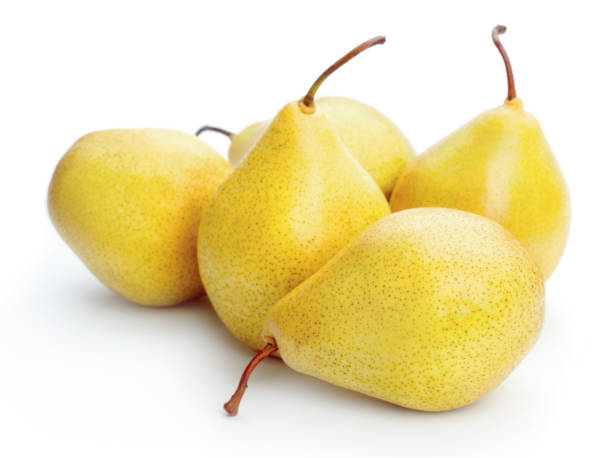
Closely related to apples, pear seeds also contain amygdalin. This compound releases cyanide when broken down in the body. The risk is minimal for casual fruit eaters, but repeated or excessive ingestion—especially of crushed seeds—can accumulate toxicity. Like their apple cousins, pears rely on seed deterrents to discourage animals from consuming their reproductive core.
3. Cherry
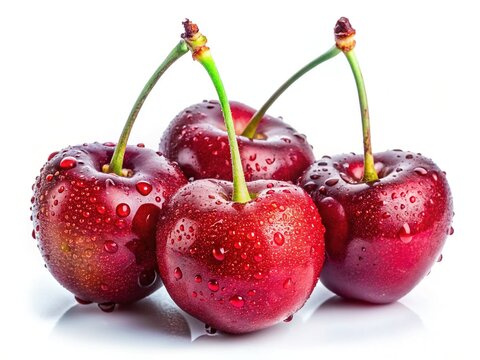
Cherry pits are not just hard—they’re chemically armed. The large stone at the center holds amygdalin, which can generate hydrogen cyanide upon ingestion. Children or pets who accidentally chew on or swallow broken pits may be at risk. While the flesh is perfectly safe, cherry stones should never be crushed and consumed.
4. Peach
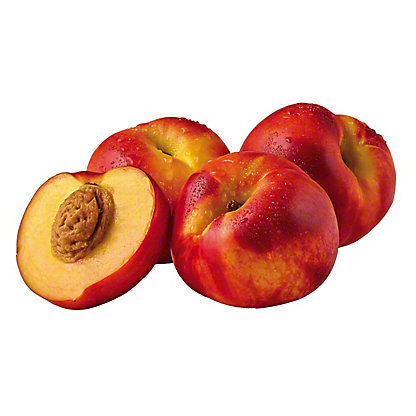
Peach stones contain amygdalin in concentrations higher than apples or pears. The compound serves as a natural defense against seed predators. Crushing or chewing the pit can be dangerous, especially for children. Peach seeds have been used in traditional medicine in some cultures, but always with strict preparation and dosage, given their toxicity.
5. Apricot
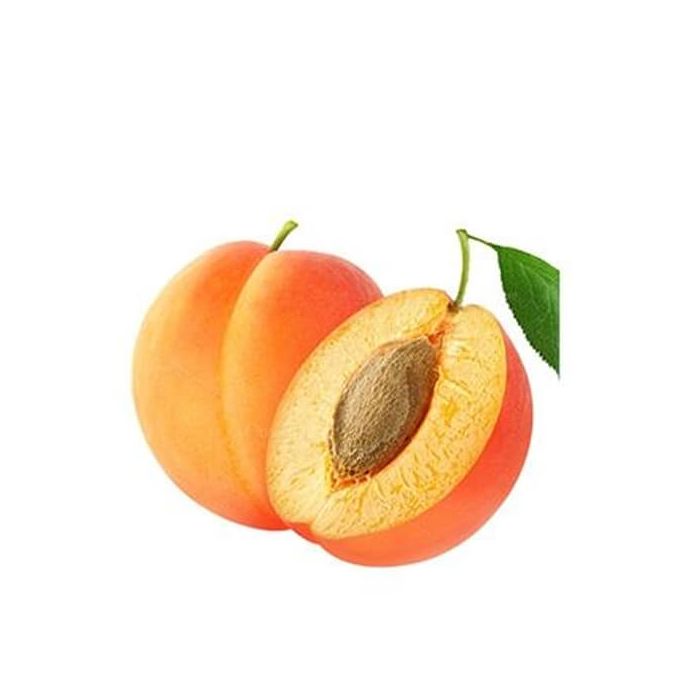
Apricot kernels are notorious for their amygdalin content. They’ve gained popularity in alternative health circles, particularly for supposed cancer-fighting properties. However, the science doesn’t back these claims, and multiple poisonings have been reported from overconsumption. Eating bitter kernels, especially raw, is strongly discouraged by medical professionals.
6. Plum
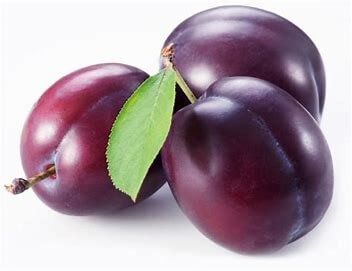
The pit of a plum hides the same danger—amygdalin. Though plums are juicy and nutrient-rich, their seed’s toxic nature is often overlooked. Ingesting a few intact pits might not cause harm, but grinding them into smoothies or desserts is a hazardous mistake. Always discard the stone before processing.
7. Nectarine
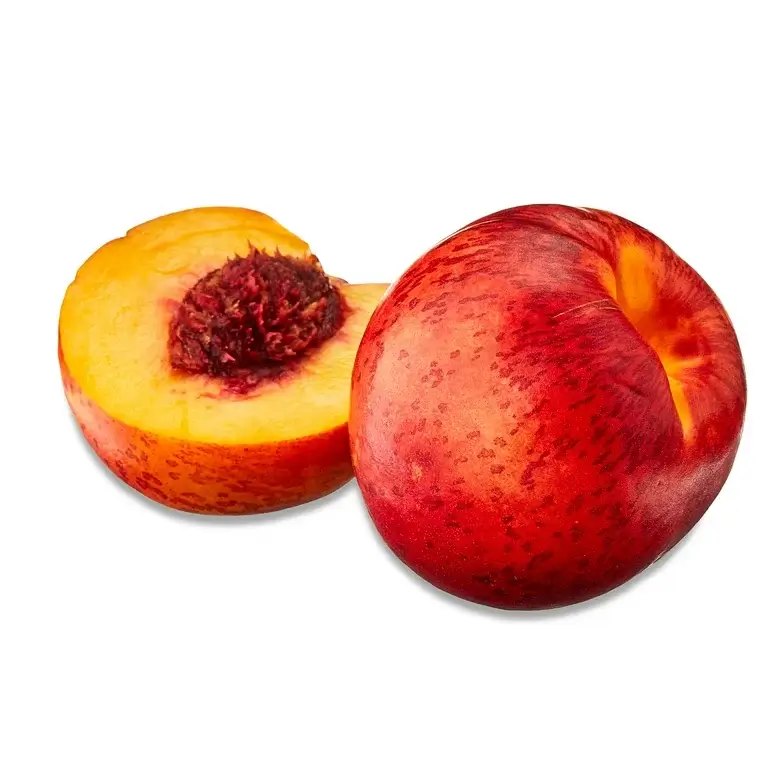
A close cousin to peaches and plums, nectarines also contain amygdalin in their pits. Though smoother-skinned and slightly tangier, nectarines share the same internal defenses. Chewing or crushing the seed can result in cyanide release, which can affect cellular respiration if ingested in sufficient quantity.
8. Mango
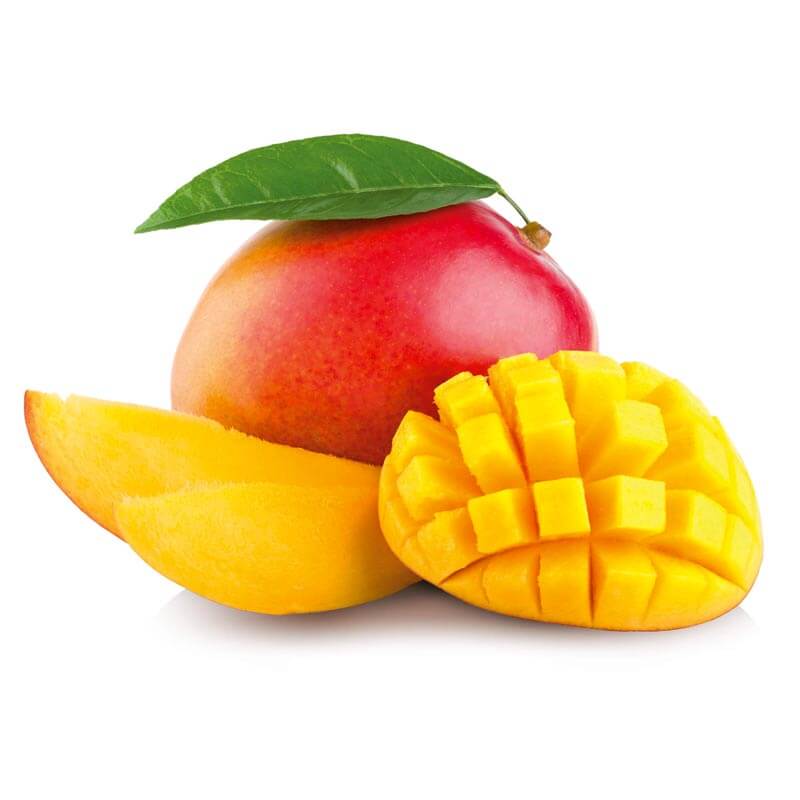
Mango seeds, often discarded without a second thought, contain urushiol, the same compound found in poison ivy. While amygdalin isn’t a major issue here, urushiol can trigger allergic reactions in sensitive individuals. In rare cases, handling or chewing the seed can lead to dermatitis or digestive distress. The fleshy part is safe and highly nutritious.
9. Lychee
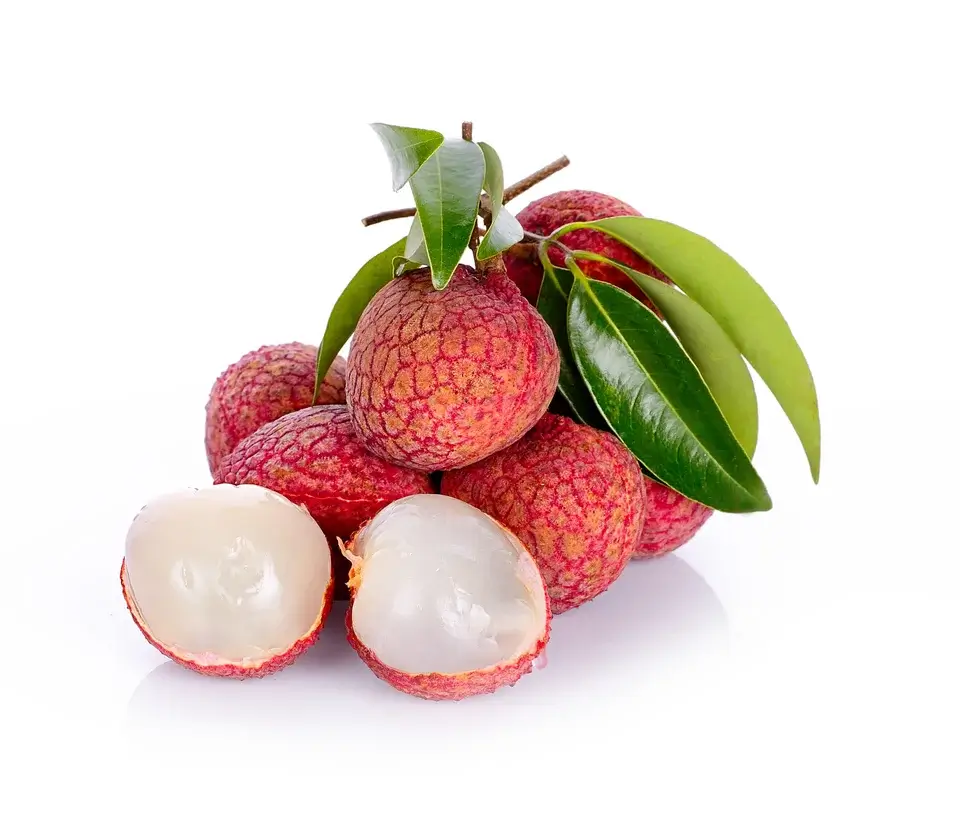
Lychee’s seeds aren’t just inedible—they can be toxic, especially when the fruit is unripe. The seed contains hypoglycin A, which interferes with the body’s ability to produce glucose. Unripe lychees consumed on an empty stomach have been linked to deadly outbreaks of hypoglycemia, particularly among malnourished children in parts of India.
10. Ackee
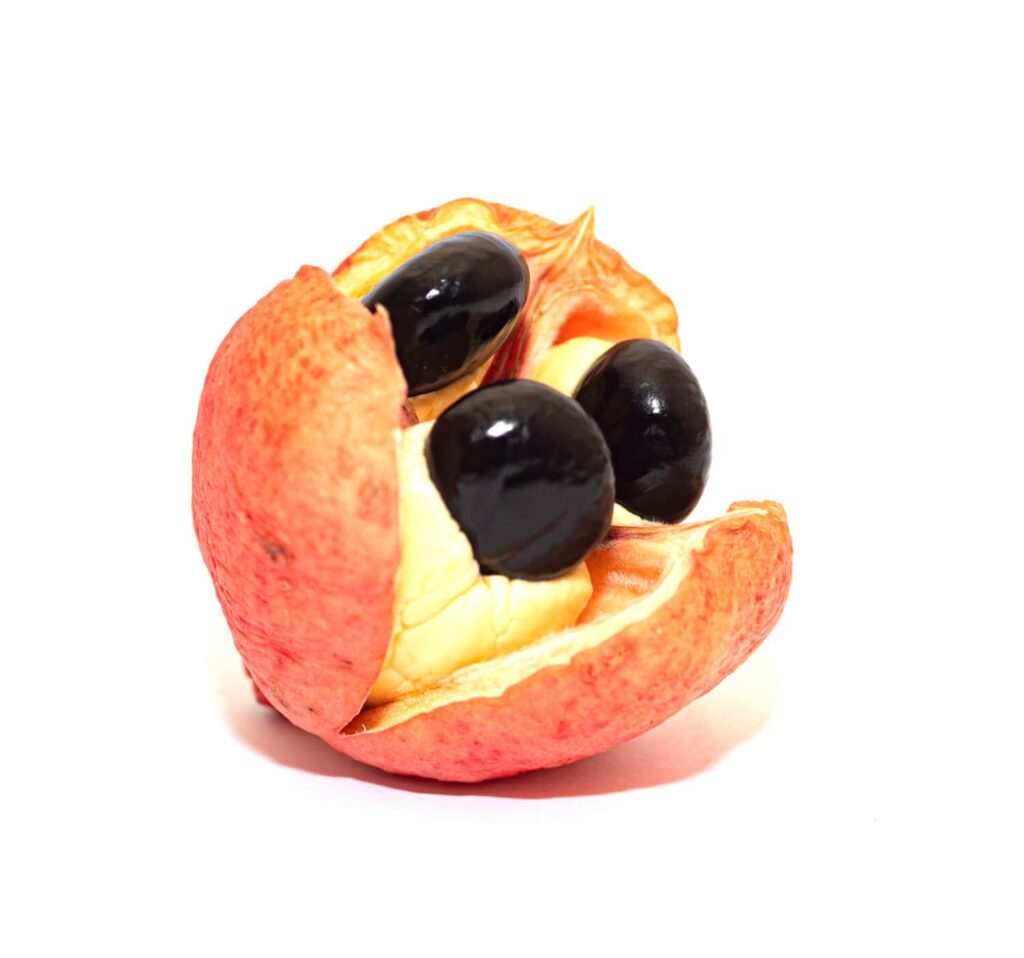
The national fruit and symbol of Jamaica, ackee contains hypoglycin A and B—toxins that can cause Jamaican Vomiting Sickness when consumed unripe or improperly prepared. The only edible part of the fruit is the yellow aril, and only when it’s naturally opened on the tree. The seeds and pods are highly toxic.
11. Elderberry
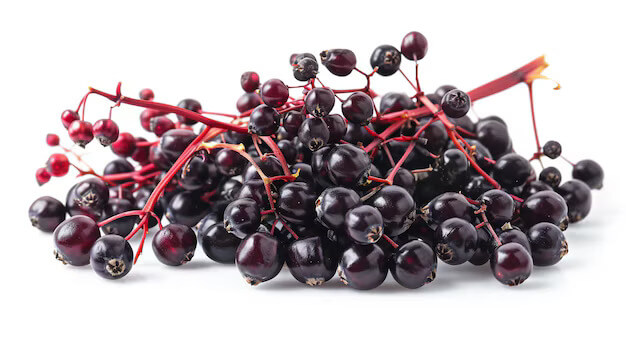
While elderberries are often used in syrups and teas, their seeds contain cyanogenic glycosides, which release cyanide when metabolized. Eating raw elderberries or their seeds in large quantities can lead to nausea, vomiting, and more serious symptoms. Cooking destroys the toxins, making processed elderberry products safe to consume.
12. Loquat
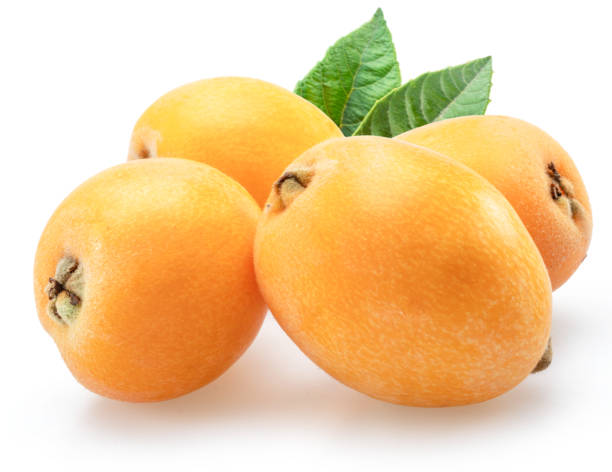
The large seeds inside loquats harbor cyanogenic glycosides. Although the sweet flesh is completely safe, the seeds should not be crushed or ingested. In some regions, loquat seeds have been used medicinally, but always with caution due to their toxic potential when consumed raw or in excess.
13. Custard Apple (Cherimoya/Soursop)
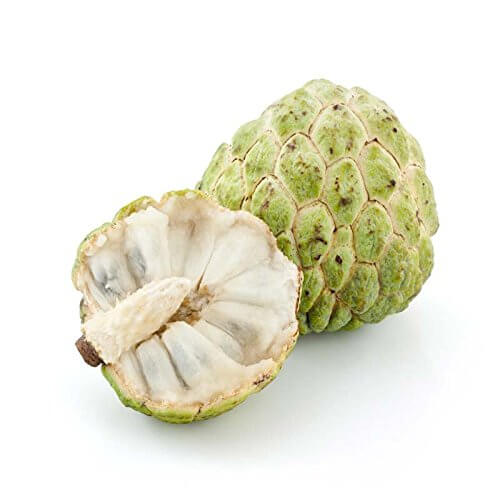
Cherimoya and soursop seeds contain annonacin, a neurotoxin that may affect brain cells. While the creamy pulp is edible and delicious, the seeds are not only inedible but can be toxic if ground or consumed. Long-term exposure to annonacin has been associated with neurological disorders in some tropical regions.
14. Papaya
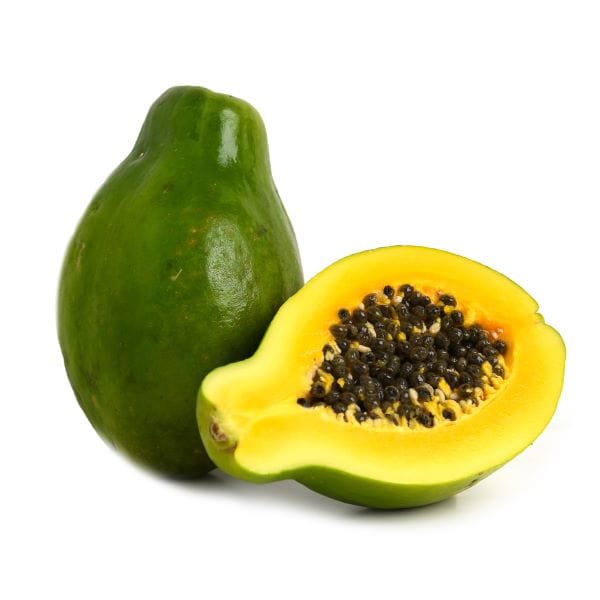
Papaya seeds contain benzyl isothiocyanate, a compound with anti-parasitic properties that can also be toxic in high doses. Though some traditional remedies involve consuming small amounts of dried seeds, overconsumption may lead to digestive and liver toxicity. Always consult a health professional before using them medicinally.
15. Passion Fruit
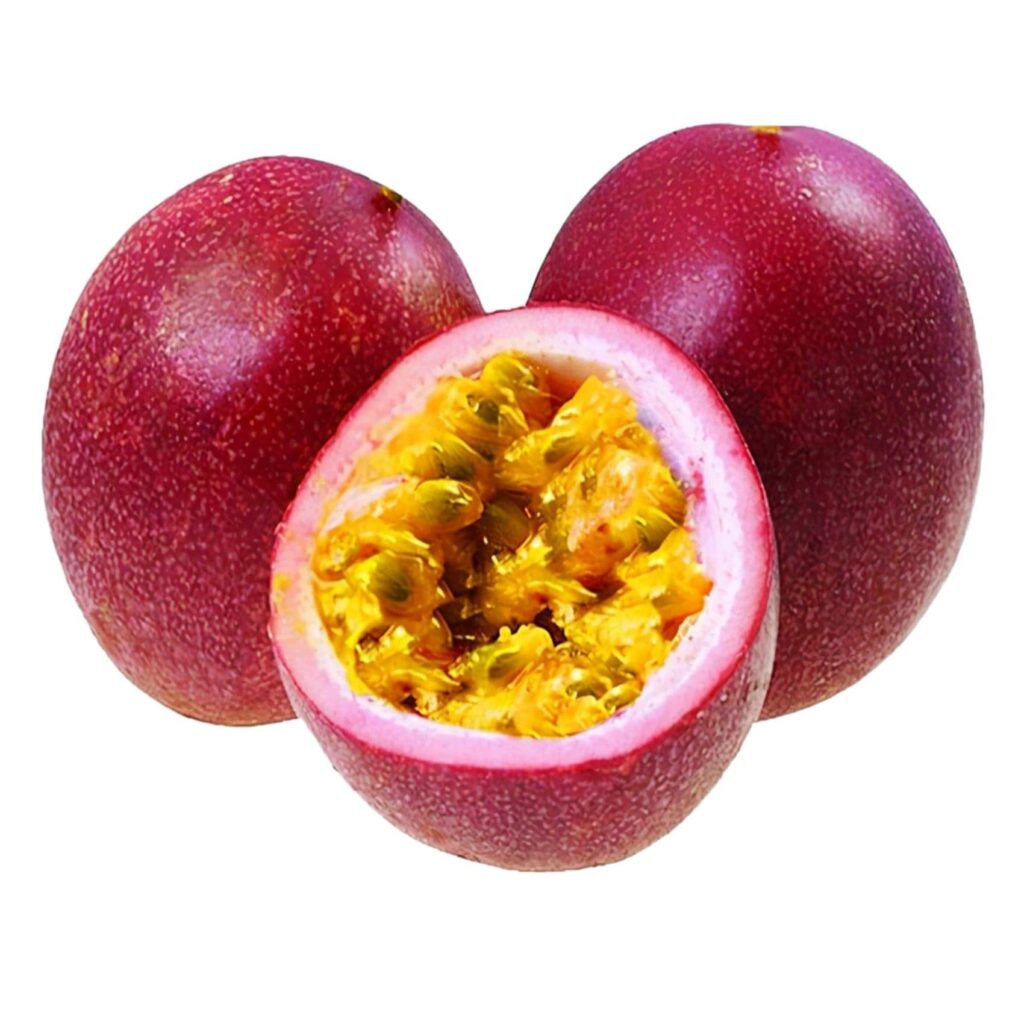
Most varieties of passion fruit have edible seeds, but certain wild species may contain cyanogenic compounds. These seeds are small and crunchy, often consumed with the pulp, but caution is advised with unverified or wild types. The sweet-tart fruit remains a safe favorite when sourced from trusted suppliers.
16. Durian
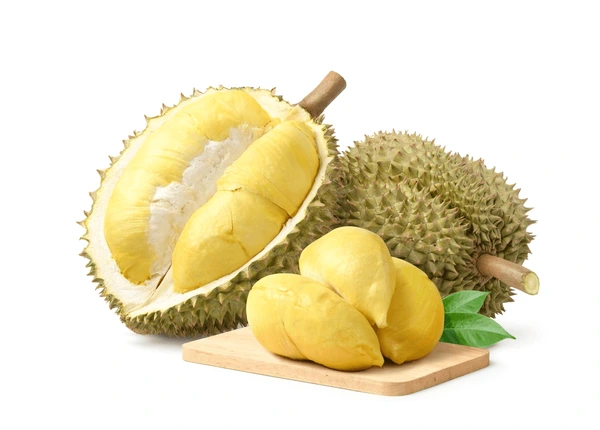
Durian seeds are only safe to eat when thoroughly cooked. Raw seeds contain cyclopropene fatty acids, which are considered carcinogenic and can cause gastrointestinal distress if consumed. Though the pungent, custard-like flesh is a delicacy in Southeast Asia, locals are well aware never to eat the seeds raw. Boiling or roasting neutralizes the toxins and makes them safe for consumption.
17. Jackfruit
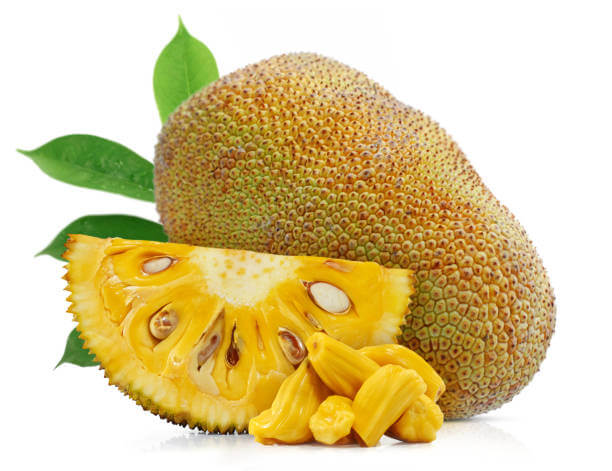
Jackfruit seeds are rich in starch and protein, making them a popular ingredient in many tropical cuisines. However, they should never be eaten raw. The seeds may contain lectins and trypsin inhibitors, which can interfere with digestion and nutrient absorption. Cooking deactivates these compounds, but ingestion of raw or undercooked seeds may lead to nausea or indigestion.
18. Rambutan
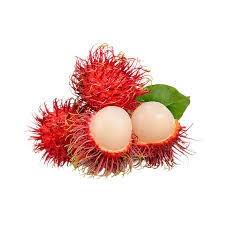
Rambutan seeds contain saponins and tannins, which are mildly toxic and can cause digestive issues if ingested raw. The seed is generally discarded or roasted before consumption in traditional dishes, where toxins are reduced through heat treatment.
19. Star Apple (Cainito)
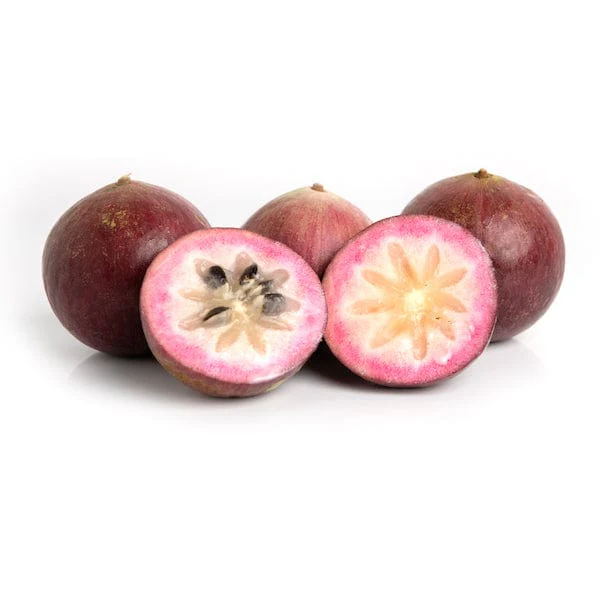
This tropical fruit contains seeds with cyanogenic glycosides, and while poisoning is rare, they should never be chewed or consumed. The fruit’s flesh is sweet and milky, but the seeds are hard, inedible, and potentially dangerous if broken open.
20. Bitter Almond
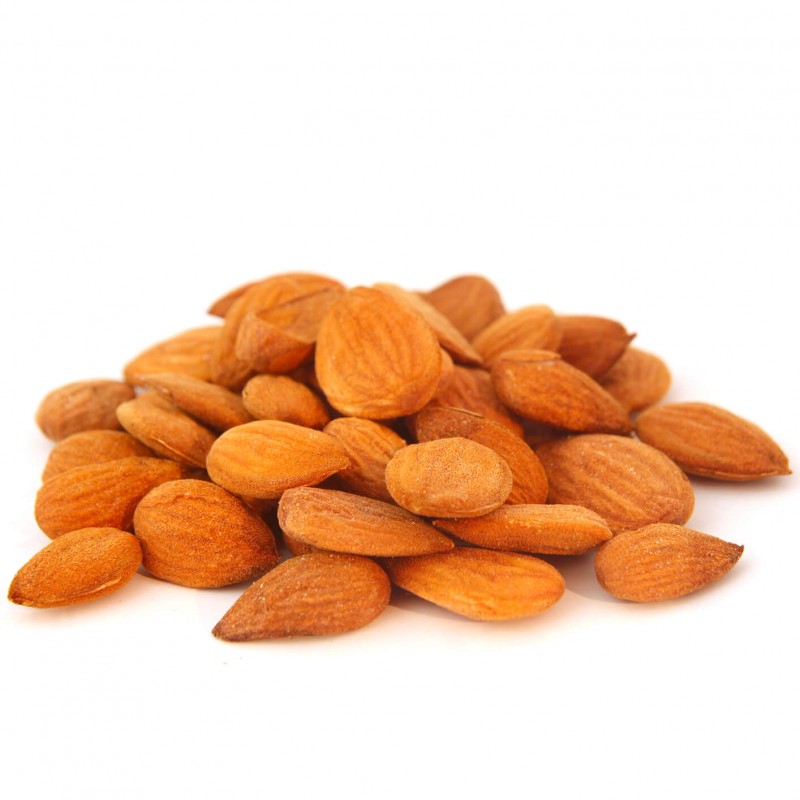
Bitter almonds are not typically eaten raw due to their high amygdalin content. A few raw bitter almonds can release enough cyanide to cause serious harm. Commercial bitter almond extracts are processed to remove toxins before use in food and flavorings.
21. Cempedak
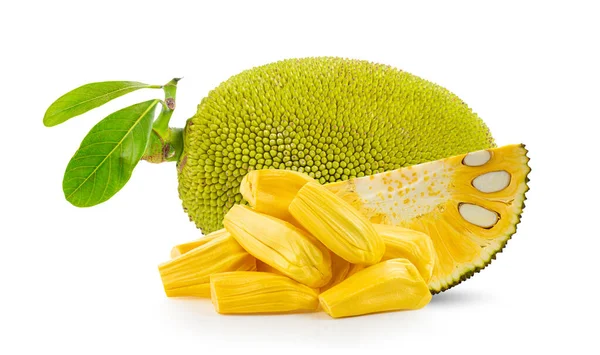
Closely related to jackfruit, cempedak shares many of its nutritional benefits—and risks. The seeds must be thoroughly cooked to destroy protease inhibitors and other natural toxins that protect the plant from predators. While the creamy flesh is beloved in Southeast Asia, improperly prepared seeds can cause bloating and discomfort.
22. Miracle Fruit (Synsepalum dulcificum)
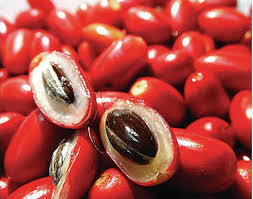
Best known for its berry’s ability to make sour foods taste sweet, the miracle fruit has a large, hard seed that is not considered edible. While it is not toxic per se, there’s little research on the effects of consuming the seed, and due to its hardness and lack of culinary use, it’s generally discarded. The focus remains on the pulp, which contains miraculin, the compound responsible for its taste-altering effect.
23. Camu Camu
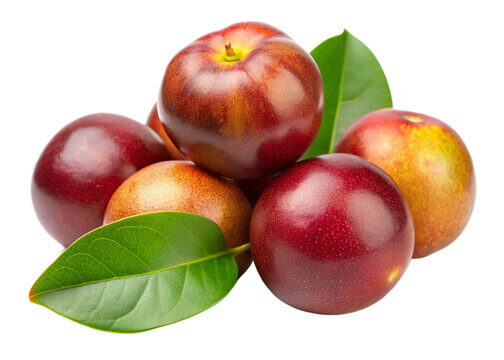
Camu Camu is a sour Amazonian fruit renowned for its incredibly high vitamin C content. The seeds are typically avoided, not due to any known widespread toxicity, but because they are bitter and may contain polyphenols or tannins that could cause digestive discomfort if consumed in quantity. The pulp is the focus of most commercial and culinary use.
24. Serviceberry
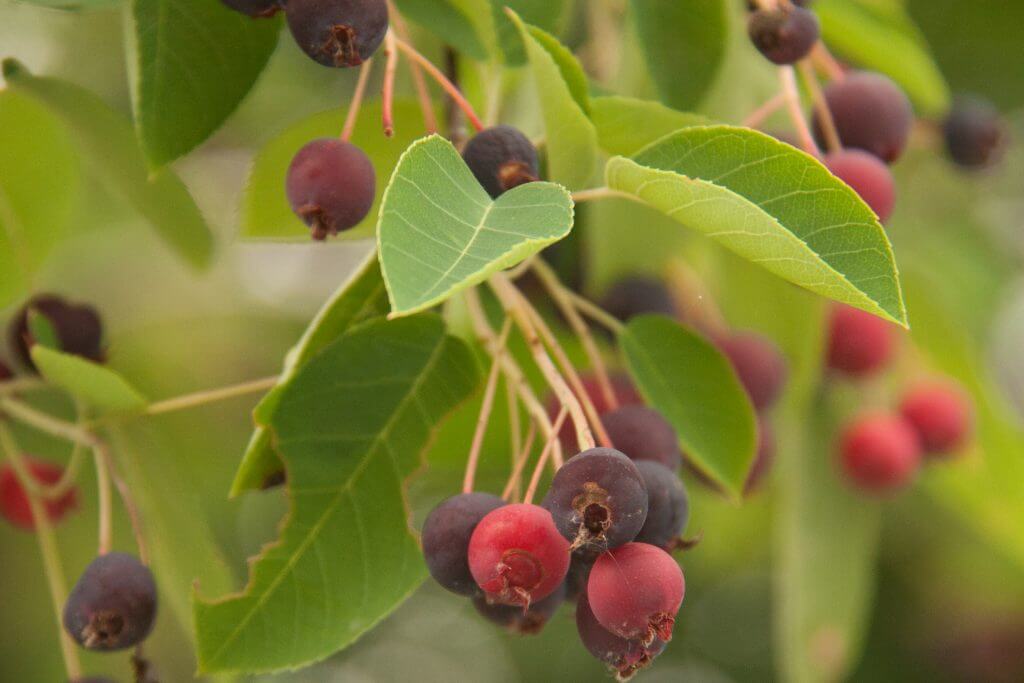
Serviceberries, also known as juneberries, have small apple-like seeds. These contain cyanogenic glycosides, a common defense compound in many members of the rose family. While eating a few seeds won’t harm you, consuming large amounts—especially when crushed or chewed—can pose a risk of cyanide poisoning. It’s best to eat them in moderation and avoid giving large quantities to children or pets.
25. Chokecherry
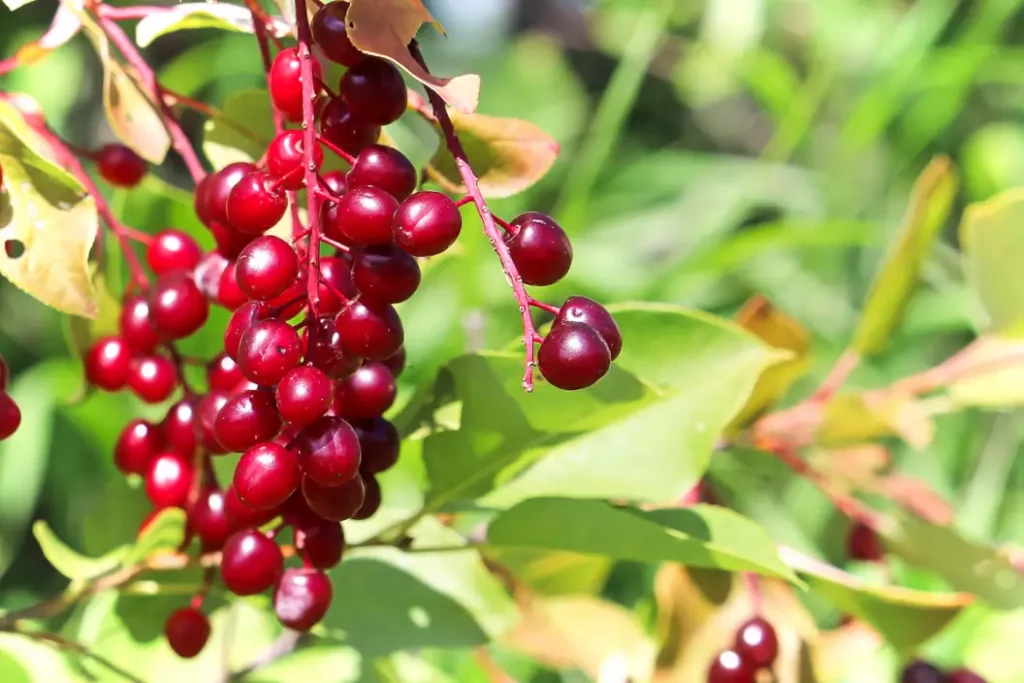
Chokecherry pits contain a relatively high concentration of amygdalin, a compound that converts to hydrogen cyanide when metabolized. While the flesh is used in jellies and syrups, the pits must be removed or strained out during processing. Ingesting several crushed or chewed pits could result in symptoms of cyanide poisoning, including headache, dizziness, and respiratory distress.
26. Mountain Apple (Malay Apple)
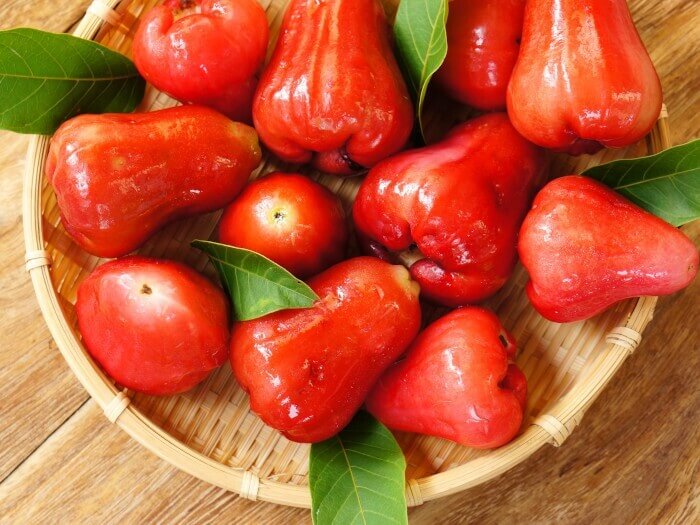
This tropical fruit’s seeds may contain cyanogenic compounds, especially in wild cultivars. While rarely problematic, it’s best to discard the seeds and avoid chewing or crushing them.
27. Quince
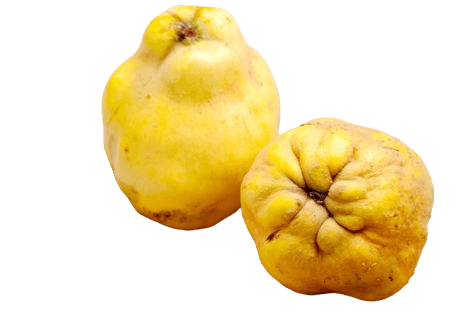
Quince seeds, like those of apples and pears, contain amygdalin. While not commonly eaten raw due to the fruit’s astringent nature, the seeds should be avoided altogether.
28. Crabapple
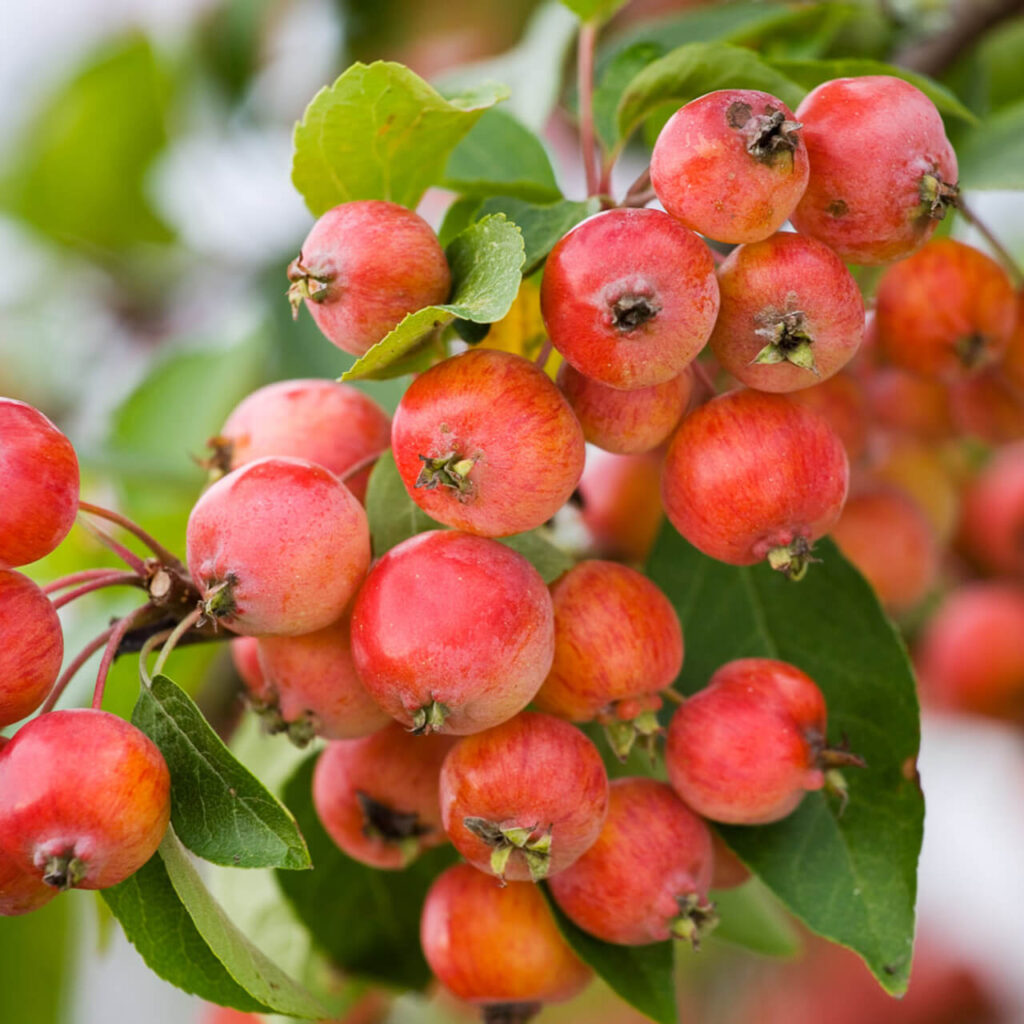
Crabapple seeds contain amygdalin, which produces cyanide upon digestion. The fruit is often used for jams and jellies, with seeds typically strained out during processing to prevent exposure.
29. Avocado (Seed)
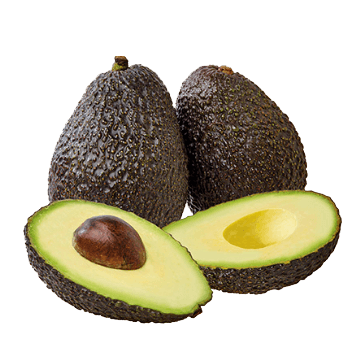
Avocado pits contain persin, a fungicidal toxin that can affect animals more than humans. While humans would need to consume large amounts to see toxicity, the seed is hard, bitter, and best avoided altogether.
30. Carob (in large quantities)
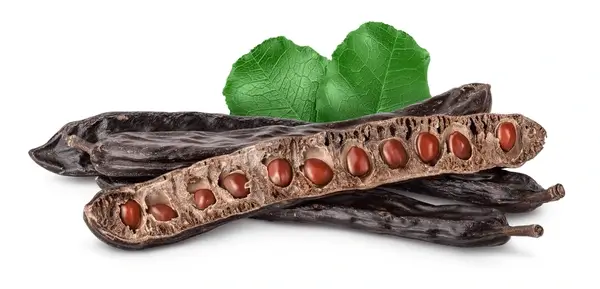
Carob seeds, also called locust beans, are extremely hard and not generally eaten whole. While they aren’t overtly toxic, large quantities may pose mechanical hazards, such as choking or intestinal blockage. Carob powder made from the pod is safe and often used as a chocolate substitute, but caution is advised with the seeds, especially for children or pets.
Final Notes: Understanding Toxic Fruit Seeds
While fruits are generally regarded as healthy, their seeds sometimes tell a different story. Many common fruits contain naturally occurring compounds in their seeds that can be mildly to seriously toxic if mishandled. This list isn’t exhaustive, but it offers a solid starting point for recognizing which fruit seeds to be cautious about.
In most cases, accidentally swallowing a few whole seeds—like those in apples or cherries—is unlikely to cause harm. These seeds are often coated in tough outer shells that pass through the digestive system without releasing toxins. The real concern comes when seeds are chewed, crushed, or consumed in large quantities, which allows harmful compounds such as cyanogenic glycosides, hypoglycin, saponins, or alkaloids to be absorbed by the body.
Fortunately, cooking or proper preparation can neutralize some of these toxins. For example, elderberry, durian, jackfruit, and ackee can be enjoyed safely if cooked thoroughly or eaten only when ripe. Still, caution is key: some seeds may not be deadly in small amounts but are still best avoided entirely due to potential side effects or long-term exposure risks.
In short: while nature offers us a bounty of sweet, tart, and exotic fruit, not everything inside is meant to be eaten. Treat fruit seeds with the same respect you would any potentially hazardous food—know what’s safe, what to avoid, and how to prepare it properly.
References
https://www.vinmec.com/eng/blog/mango-allergy-symptoms-and-foods-to-avoid-en
https://www.sciencedirect.com/topics/pharmacology-toxicology-and-pharmaceutical-science/lychee
https://www.sciencedirect.com/topics/agricultural-and-biological-sciences/amygdalin
https://pmc.ncbi.nlm.nih.gov/articles/PMC7961730
https://www.sciencedirect.com/topics/food-science/loquat
https://www.sciencedirect.com/science/article/abs/pii/S003194220200170X
http://nanobioletters.com/wp-content/uploads/2022/12/LIANBS124.151.pdf
https://fppn.biomedcentral.com/articles/10.1186/s43014-023-00170-z
https://www.tandfonline.com/doi/full/10.1080/10942912.2018.1479857
https://www.webmd.com/vitamins/ai/ingredientmono-314/bitter-almond
https://cdnsciencepub.com/doi/10.4141/cjas81-082
https://www.msdvetmanual.com/toxicology/food-hazards/avocado-persea-spp-toxicosis-in-animals
